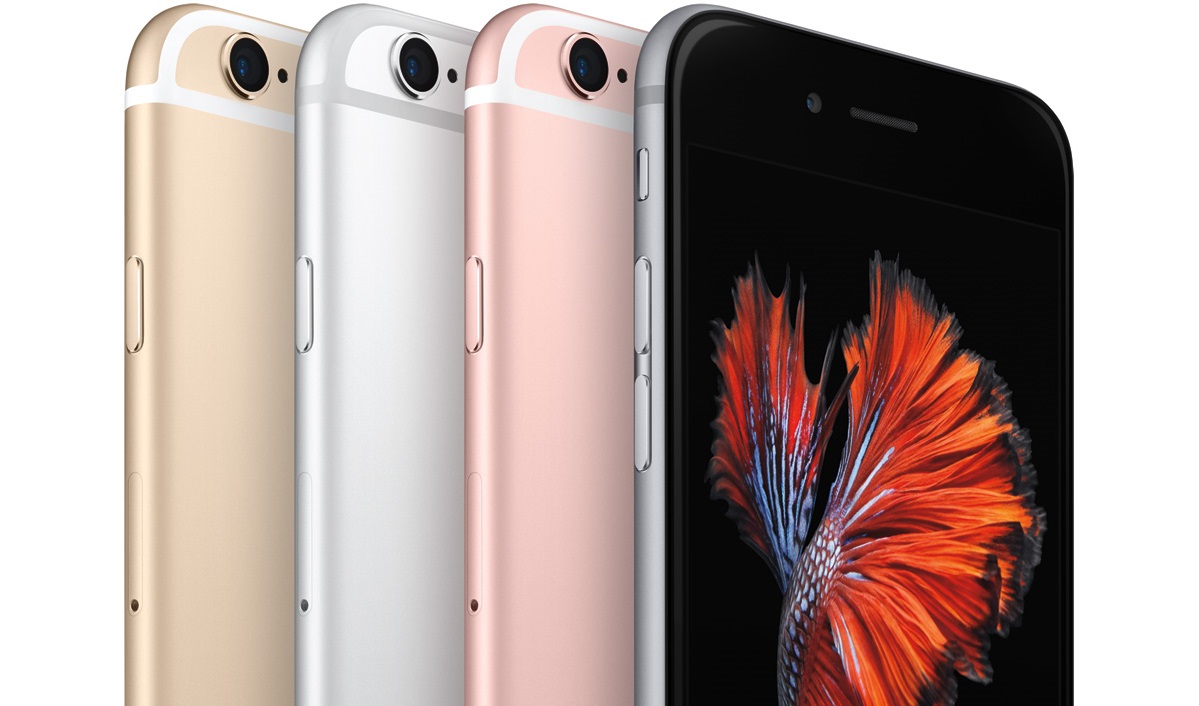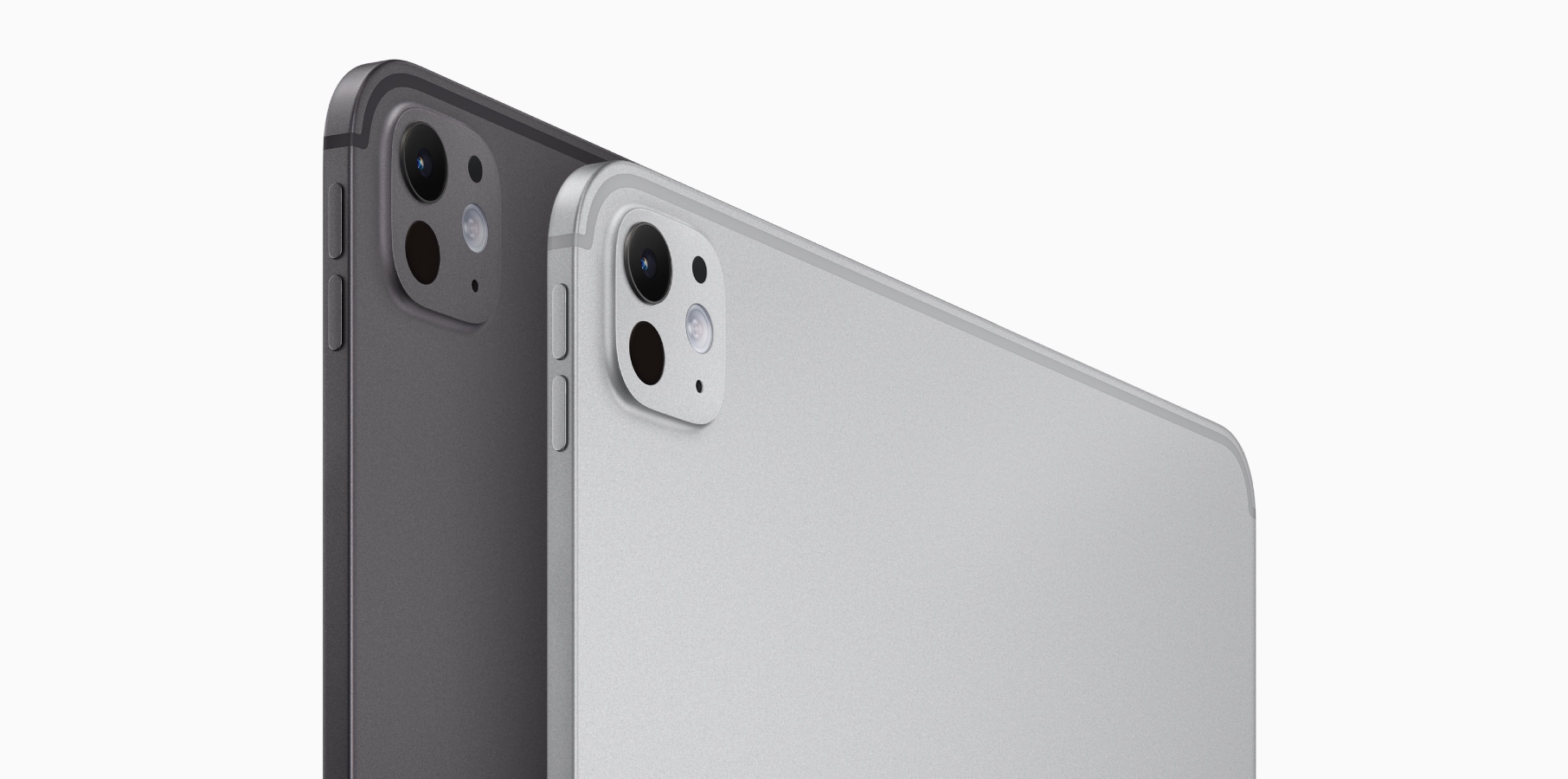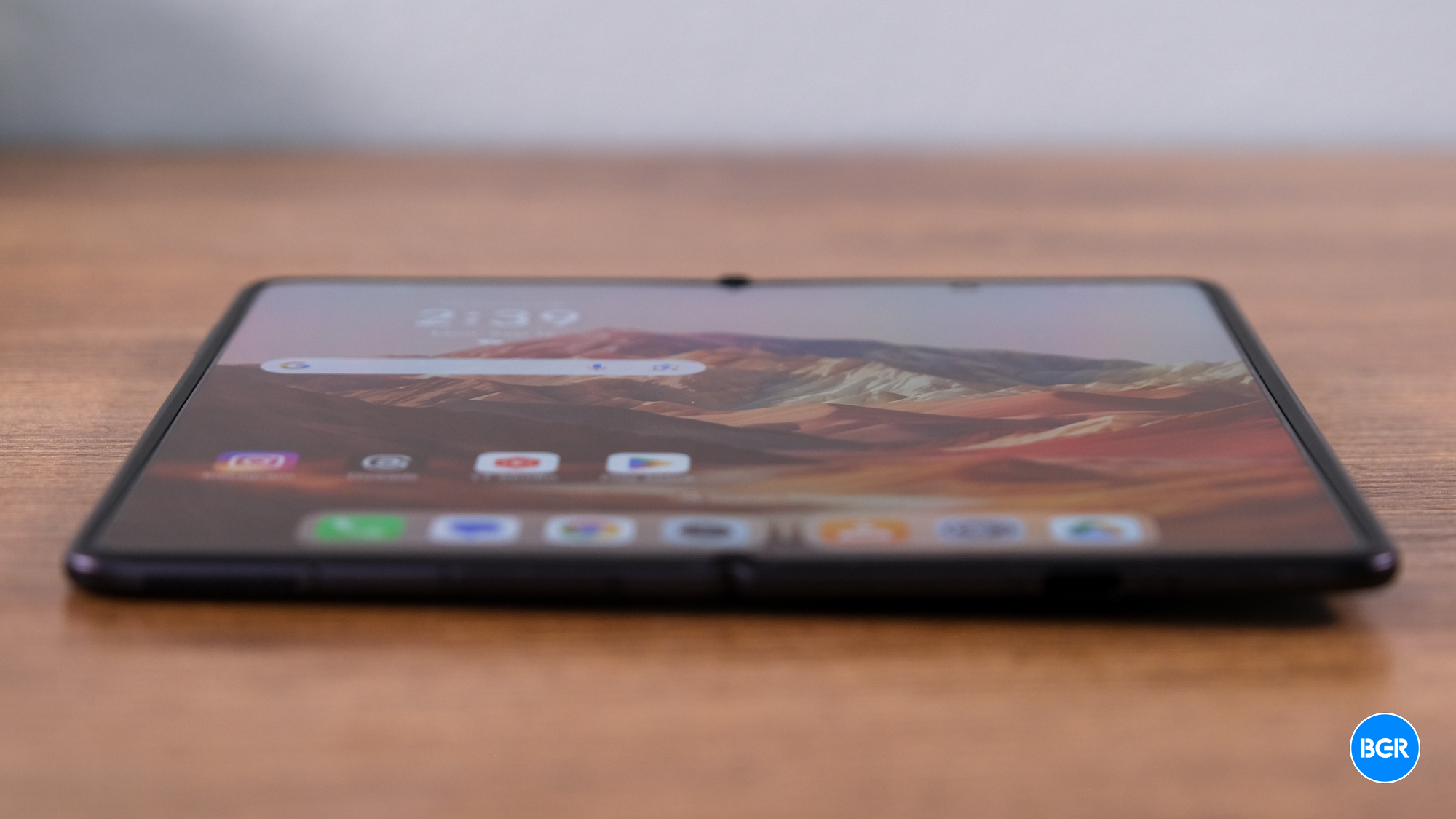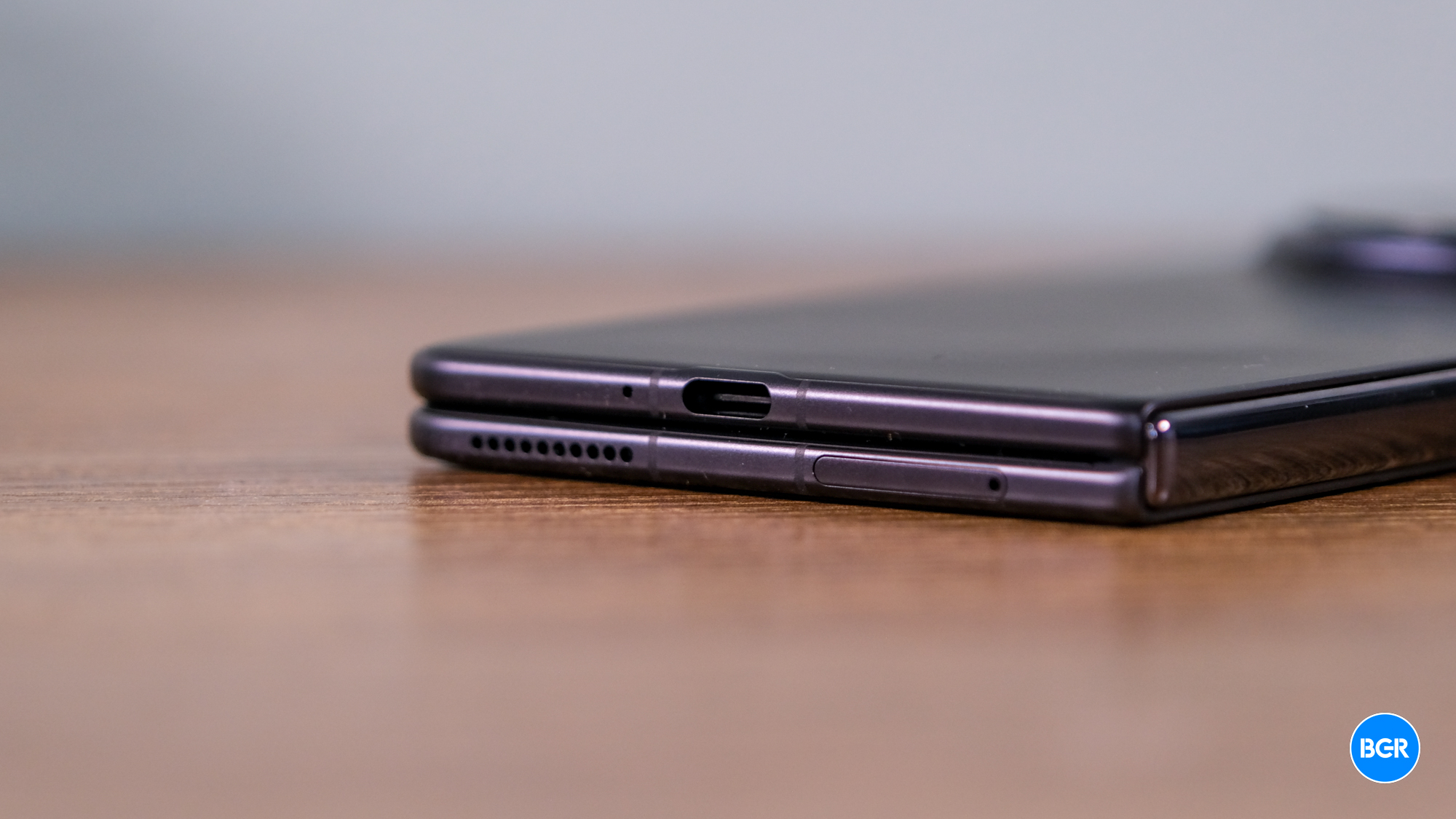I’m an iPhone 16 Plus user who has been loving the upgrade from my old iPhone 14 Pro. The screen size is just what I needed… but the extra bulk isn’t. I’ve gotten used to it, but I’m still not happy with the size and thickness of the iPhone 16 Plus, especially once you put it in a case. I can’t wait to ditch this thing for the size issues alone.
It’s not just about one-handed use. Carrying the iPhone 16 Plus in pants pockets can be uncomfortable. That’s an even more difficult adjustment for someone who has been using 6.1-inch iPhones until now.
I made no secret that the iPhone I really want is the ultra-slim iPhone 17 Air that Apple is supposedly developing for next year. That handset should feature a screen that’s about as large as the iPhone 16 Plus, but with a much thinner body.
How thin? Well, that’s still a secret. However, a report from Korea said a few days ago that Apple is struggling with certain limitations that are making it impossible for the iPhone 17 Air to be the super slim phone some people might want. Samsung, which wants to make a Galaxy S25 Slim alternative to the iPhone 17 Air, is facing similar problems.
But I don’t even want the iPhone 17 Air to become the thinnest iPhone in Apple’s lineup. I’ve seen several people complaining on social media sites about how the iPhone 17 Air shouldn’t be called “Air” unless it’s the thinnest iPhone ever. That would mean it needs to be thinner than the iPhone 6, but I think that’s nonsense. I’d be happy with a thickness of around 7.1 mm, which would match the iPhone 6s.
Why the iPhone 6s?
I’m very familiar with the thickness of the iPhone 6s because I still have one. What’s more, I actually still use it.
That’s right, after almost 10 years and two battery changes, it still works great as a backup device, mostly relegated to duty as a mobile hotspot. Every time I pick it up, it reminds me how amazing it feels in my hand. If you forgot what that size feels like, just pick up an iPhone SE 3 when you find one in a store. It’s slightly thicker at 7.3 mm but still packs the same overall iPhone 6 design.

As I noted before, the 6.9 mm iPhone 6 was Apple’s thinnest iPhone ever. I also owned that model. As an aside, the iPhone 6 generation was Apple’s first iPhone series to feature screens larger than 4 inches. The iPhone 6 also used to bend, something Apple fixed in subsequent models.
Back to the iPhone 16 Plus, it has a 7.85 mm profile. The iPhone 16 Pro and 16 Pro Max are slightly thicker, at 8.25 mm.
The iPhone has undergone an incredible transformation in the past 10 years, from the iPhone 6 to the iPhone 16, while increasing in thickness by a maximum of 1.35 mm. That’s what we’re talking about here. It seems trivial to even want Apple to shave off what would essentially amount to less than 1 mm thick.
I just said I’d love to go from the 7.85 mm profile of the iPhone 16 Plus to the 7.1 mm profile of the iPhone 6s. That’s less than a millimeter. I don’t want a 6 mm iPhone 17 Air if that will impact durability and battery life. But I’m ready for a slim iPhone that would match the iPhone 6s.

Reports a few days ago pointed to PCB parts and battery tech as the bottlenecks preventing Apple from significantly reducing the thickness of the iPhone. But in light of all the above, I’d be super happy with an iPhone 17 Air that would be as thin as the iPhone 6s. If that’s not possible, I’d still want to see the iPhone shrink down to the 7.4 mm profile of the iPhone 12 series.
Say the reports are wrong, and Apple’s suppliers can deliver the thinner PCB parts and thinner batteries Apple needs, how thin could the iPhone 17 Air become?
How thin could the iPhone 17 Air be?
The M4 iPad Pro gives us the best indication of what Apple can do in terms of gadget thickness. The 2024 tablet has a 5.1 mm profile. Its predecessor was 6.4 mm thick. The iPad mini 7 is 6.3 mm thick.
The M4 iPad Pro (above) is incredibly durable and has amazing battery life thanks to the efficiencies of the M4 chip. However, Apple has plenty of space inside the tablet to place a large battery, even if it’s thinner than previous versions.
Looking at smartphones, ultra-thin foldables provide another clue about how thin the iPhone 17 Air can get. The Honor Magic V3 (below) has a profile of 4.4 mm. It’s the thinnest foldable phone ever. There’s no candybar phone to match it. Like tablets, foldable have more internal space for the battery.

No matter how efficient the A19 chip becomes, the iPhone 17 Air won’t have that luxury. It’ll have to feature a larger battery. Suppliers who can make thinner batteries for Apple might not be able to meet Apple’s needs for the iPhone 17 Air. This particular iPhone 17 will easily outsell devices like the M4 iPad Pro and the Magic V3, which will have a different impact on the supply chain.
There’s also the matter of durability. I won’t expect the iPhone 17 Air to bend, but a thinner device might have one particular point that won’t necessarily handle stress that well: The USB-C port. That’s a 2.4 mm opening on the bottom side of the iPhone. A cutout in the metal. As we’ve seen with the M4 iPad Pro bend tests, that’s the likely place where the tablet might bend.
This is also where I tell you that the Lightning port has a slimmer profile at 1.5 mm. It could have served an iPhone 17 Air better than the USB-C port. But thanks to the EU, that’s never going to happen.

With all that in mind, I’m sure Apple could make an incredible iPhone 17 Air right now. But I can also see how certain tech innovations and supply logistics aren’t where Apple needs them. Therefore, I’d buy an iPhone 17 Air that’s about as thick as the iPhone 6s in a heartbeat — even if it only has one rear camera and a battery that barely lasts a day.








